Raised bed gardening offers distinct advantages that appeal to new and experienced gardeners alike. Unlike traditional garden rows, raised beds are structured to optimize space, improve soil conditions, and minimize soil compaction and poor drainage. One of the most significant benefits is the ability to control the soil environment entirely, from its composition to its health, independent of the natural ground. This aspect is particularly advantageous for growing vegetables, which require specific nutrients and pH levels.
In this comprehensive guide, we will explore some of the Best Vegetables to Grow in Raised Beds. From leafy greens to root vegetables, you’ll learn about each plant’s specific needs and benefits when grown in a raised setting. Whether you’re setting up your first garden or looking to refine your approach, these insights will help you make the most out of your raised beds.
Best Vegetables to Grow in Raised Beds
Leafy Greens – Spinach, Kale, and Lettuce
Leafy greens like spinach, kale, and lettuce are perfect for raised bed gardening due to their shallow root systems and compact growth habits. Raised beds allow for better drainage, which is crucial for these plants as waterlogged soil can lead to root rot and other fungal diseases. Mixing the ideal soil composition in a raised bed, loose, rich in organic matter, and well-draining, creates an environment where leafy greens can flourish.
Growing leafy greens in raised beds also makes it easier to control pests and weeds. The elevated soil level puts physical distance between the greens and some ground pests, while the confined space of a raised bed makes it simpler to spot and remove weeds before they spread. This is vital for leafy greens, which can be overshadowed by faster-growing weeds.

Another advantage is the extended growing season provided by raised beds. Soil in raised beds warms up more quickly in the spring, allowing for earlier green planting, which typically grows well in cooler temperatures. Similarly, during the fall, the soil in raised beds stays warm longer, extending the growing season. For gardeners in cooler climates, this can mean the difference between one and two harvests of spinach, kale, or lettuce each year.
In terms of spacing, leafy greens can be planted relatively close together in raised beds, which optimizes produce per square foot. This proximity also helps shade the soil, keeping it cool and moist. However, it’s essential not to overcrowd the plants, as this can hamper air circulation and increase the risk of disease. A good rule for spacing is to place spinach and lettuce seeds or seedlings about 6 inches apart and kale, which needs more room to expand, about 12 to 18 inches apart.
When planning your raised bed, consider incorporating a simple rotation system where leafy greens follow heavier feeders like tomatoes or corn. This rotation helps maintain soil health and nutrient balance, as leafy greens are less demanding in terms of nutrients and can benefit from leftover fertilization. Moreover, incorporating organic mulches such as straw or shredded leaves can conserve moisture, suppress weeds, and add organic matter to the soil, benefiting your leafy greens and the overall productivity of your raised bed garden.
Root Vegetables – Carrots, Beets, and Radishes
Root vegetables such as carrots, beets, and radishes grow better in the deep, loose soil that raised beds can provide. One of the primary challenges in growing root vegetables is ensuring that the soil is free of rocks and wastes that can obstruct growth, leading to misshapen vegetables. A raised bed filled with a custom mix of garden soil and compost provides an ideal environment free from these common obstacles, facilitating the growth of straight, healthy roots.
In addition to the quality of the soil, the depth of raised beds is a crucial factor for root vegetables. Ideally, a depth of 12 to 18 inches allows roots to expand freely and access the nutrients and moisture they need. Proper spacing is also essential; carrots and radishes should be spaced about 2 to 3 inches apart, while beets might require 4 to 6 inches, depending on the variety. This spacing ensures each plant has enough room to develop fully.

Watering practices for root vegetables in raised beds differ slightly from those in traditional gardens. Due to their higher drainage capacity, raised beds may require more frequent watering to keep the soil consistently moist, which is vital for root development. However, the contained nature of raised beds also allows for more efficient watering, reducing water waste and preventing the spread of leaf diseases that can occur with overhead watering.
Regular feeding with a balanced, slow-release fertilizer can help maintain the high nutrient levels that root vegetables demand. Additionally, mulching around the plants with organic materials like straw or wood chips can help retain soil moisture and suppress weeds, further aiding the growth of your root vegetables.
Alliums – Onions and Garlic
Onions and garlic are excellent choices for raised bed gardens due to their relatively simple cultivation requirements and their compatibility with a wide range of other plants. Raised beds provide the well-draining soil conditions that alliums prefer, preventing bulb rot and fostering strong growth. The key to successfully growing onions and garlic in raised beds is ensuring that the soil is rich in organic matter and sufficiently loose to allow for bulb expansion.
Spacing is particularly critical for alliums to develop appropriately. Onions should be planted about 4 to 6 inches apart, and garlic cloves around 6 to 8 inches apart. This spacing helps to prevent overcrowding, which can lead to smaller bulbs and increases the risk of disease transmission between plants.

Alliums are also beneficial companions in the raised bed garden, as they can help deter certain pests from more sensitive vegetables like leafy greens and legumes. Their strong scent is known to repel aphids, cabbage worms, and even some larger pests like deer and rabbits.
To maximize the outcome and quality, keeping the soil evenly moist is essential, particularly during the bulbing phase. A layer of mulch can be beneficial in retaining moisture and suppressing weeds that compete for nutrients. Additionally, rotating alliums with different families of vegetables each year can help prevent the buildup of soil-borne diseases and pests that can affect these crops.
Legumes – Peas and Beans
Legumes like peas and beans are versatile and nutritious, enriching the soil, making them a valuable addition to any raised bed garden. They fix nitrogen in the soil, which can help improve the fertility of subsequent crops. Raised beds are particularly well-suited for these crops because they ensure good drainage, which is critical for peas and beans to prevent root rot.
Vertical growing systems such as trellises or stakes can be effectively integrated into raised beds to maximize the use of vertical space and encourage healthy growth. Peas and beans do well when sown directly into the soil about 1 to 2 inches deep, spaced according to the variety’s needs (typically 2 to 4 inches apart for peas and 4 to 6 inches for beans).

Companion planting can be highly beneficial for legumes. Planting them near crops like carrots or radishes can help utilize space efficiently, as the root vegetables will be harvested when the legumes need more room to grow. Additionally, interplanting with aromatic herbs can help deter pests that commonly affect legumes.
Regular watering is crucial, especially during the flowering and pod-forming stages. However, it’s important to avoid overhead watering to minimize the risk of leaf diseases. A drip irrigation system is ideal for raised beds, as it delivers water directly to the base of the plants. Adding a layer of organic mulch can also help maintain soil moisture and temperature, promoting healthy growth and fruitful products.
Nightshades – Tomatoes and Peppers
Nightshades like tomatoes and peppers are popular choices for raised beds due to their high yield and the improved air circulation that raised beds provide, which is vital in preventing many of the fungal diseases to which these plants can be vulnerable. The warmer soil in a raised bed also encourages faster early growth and longer growing seasons, which is particularly beneficial for these warmth-loving plants.
When planting tomatoes and peppers, consider using cages or stakes to support the plants as they grow. This not only helps prevent the stems from breaking under the weight of the fruit but also improves air circulation around the leaves, reducing the risk of disease. Tomatoes should be spaced about 18 to 24 inches apart, and peppers about 12 to 18 inches apart, depending on the variety and the size of your raised bed.
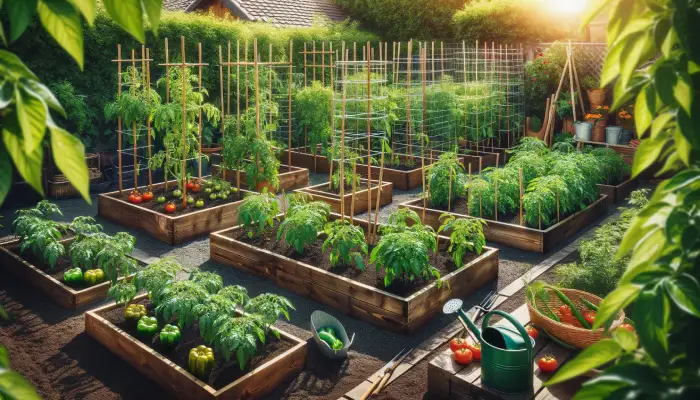
These heavy feeders benefit significantly from consistent feeding and watering. A balanced, slow-release fertilizer can be applied at planting and throughout the growing season to support their strong growth and fruit production. Additionally, using black plastic mulch can serve multiple functions: it warms the soil, conserves moisture, and suppresses weeds, all contributing to a healthier crop.
Nightshades are also susceptible to several pests, including tomato hornworms and aphids. Regular inspection of plants and organic pest control measures can help manage these issues without the need for harsh chemicals. Companion planting with herbs like basil or marigolds can also naturally repel certain pests and attract beneficial insects that aid in pollination.
Cucurbits – Cucumbers and Zucchini
Cucurbits such as cucumbers and zucchini are well-suited to raised bed gardening because they allow for better control over the soil quality and moisture levels, both crucial for the successful cultivation of these moisture-loving plants. Raised beds also provide excellent drainage, preventing the soil from becoming too waterlogged, which can lead to root diseases common in cucurbits.
One of the main advantages of growing cucumbers and zucchini in raised beds is the ability to use vertical space effectively. Trellises or netting can be used to support these plants as they grow upward, which not only saves space but also promotes better air circulation around the leaves, reducing the risk of disease and making it easier to harvest the fruits.
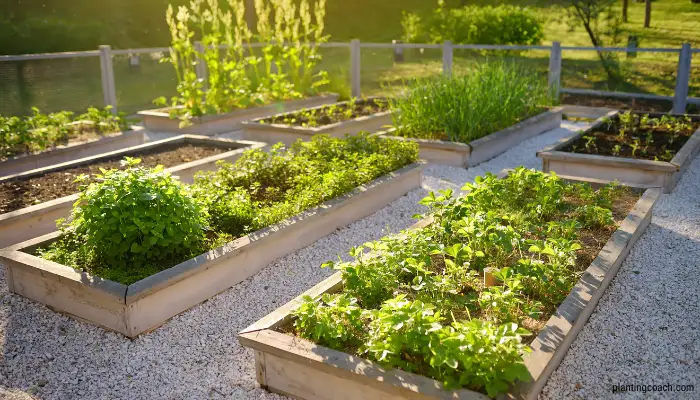
When planting cucumbers and zucchini, ensure adequate spacing to ensure healthy growth. Cucumbers should be planted about 18 to 36 inches apart, and zucchini require even more space, generally around 24 to 48 inches apart, depending on the variety. This spacing helps reduce competition for nutrients and water and improves airflow, which is critical in preventing fungal diseases.
Mulching around cucurbits can help retain soil moisture, suppress weeds, and keep the fruits clean by preventing direct contact with the soil, which can lead to rotting or pest problems. Additionally, regular feeding with a high-potassium fertilizer can encourage vigorous growth and high outcomes.
Pest management is crucial with cucurbits because they are prone to pests like squash bugs and cucumber beetles. Regular monitoring and organic pest control practices can help maintain healthy plants. Companion planting with nasturtiums or marigolds can deter pests naturally while encouraging beneficial insects.
Herbs – Basil, Cilantro, and Parsley
Herbs are excellent additions to raised bed gardens for their culinary uses and ability to flourish in the controlled conditions raised beds offer. Herbs like basil, cilantro, and parsley prefer well-draining soil and moderate to full sun, making them ideal candidates for raised bed cultivation.
The compact nature of raised beds allows for intensive planting, perfect for herbs that can be harvested frequently for kitchen use. This intensive planting also helps suppress weeds and can improve the flavor and concentration of essential oils within the herbs, making them more aromatic and flavorful.
When planting herbs, consider their growth habits and needs. Basil should be spaced about 12 to 18 inches apart, cilantro about 6 to 8 inches, and parsley, which can grow quite bushy, about 8 to 10 inches apart. These spacings ensure that each plant has enough room to grow without competition, promoting healthier plants and better produce.

Herbs also play a significant role in companion planting in raised beds. For example, basil is known to improve the flavor of tomatoes and help repel certain pests like thrips. Cilantro can attract beneficial insects such as lacewings, which prey on aphids, while parsley can provide a habitat for beneficial insects, ensuring biological control of pests across your garden.
To maximize growth, herbs should be watered regularly, keeping the soil moist but not over-moist. A light application of a balanced, organic fertilizer at the beginning of the growing season can provide sufficient nutrients for herbs. Additionally, mulching with organic material can help retain soil moisture, control soil temperature, and suppress weed growth.
Summary
Raised bed gardening is an effective way to grow a wide variety of vegetables, offering numerous benefits such as improved soil conditions, better pest management, and easier ergonomic access. By choosing suitable vegetables for raised beds, such as leafy greens, root vegetables, alliums, legumes, nightshades, cucurbits, and herbs, gardeners can maximize their outcome and enjoy gardening with fewer difficulties related to soil and space constraints. Each category of vegetable benefits from the unique conditions that raised beds provide, from deeper soil for root expansion to controlled environments that are ideal for delicate herbs. With the proper care, including appropriate spacing, regular feeding, and pest management, your raised bed garden can become a fruitful and enjoyable venture.
FAQ
Q1: What is the best size for a raised vegetable bed?
The ideal size for a raised vegetable bed typically depends on the gardener’s space and needs, but a standard size is 4 feet by 8 feet and at least 6 to 12 inches deep.
Q2: How often should I replace the soil in my raised beds?
It is not usually necessary to replace all the soil in your raised beds. Instead, renovate the soil each season by adding compost and other organic matter. This practice helps maintain nutrient levels and soil structure.
Q3: Can I grow vegetables in raised beds during winter?
Yes, many gardeners successfully extend the growing season by using raised beds during winter. Incorporating cold-hardy vegetables like kale, spinach, and carrots and using frost protection methods such as cold frames or floating row covers can allow you to harvest vegetables throughout the winter, depending on your climate.
Q4: What are the most common pests in raised vegetable beds, and how do I control them?
Common pests in raised beds include slugs, aphids, and cabbage worms. Control methods include handpicking pests off plants, using barriers like copper tape for slugs, and applying organic pesticides like neem oil or insecticidal soap for aphids and other insects. Regularly checking plants and maintaining good garden hygiene can help minimize pest problems.
Q5: Are there organic options for fertilizing raised vegetable beds?
Absolutely, organic fertilizers such as compost, manure, fish emulsion, and bone meal can provide raised bed vegetables with necessary nutrients in an environmentally friendly way. These options release nutrients slowly, improving soil health over time, which is beneficial for both plants and the ecosystem.
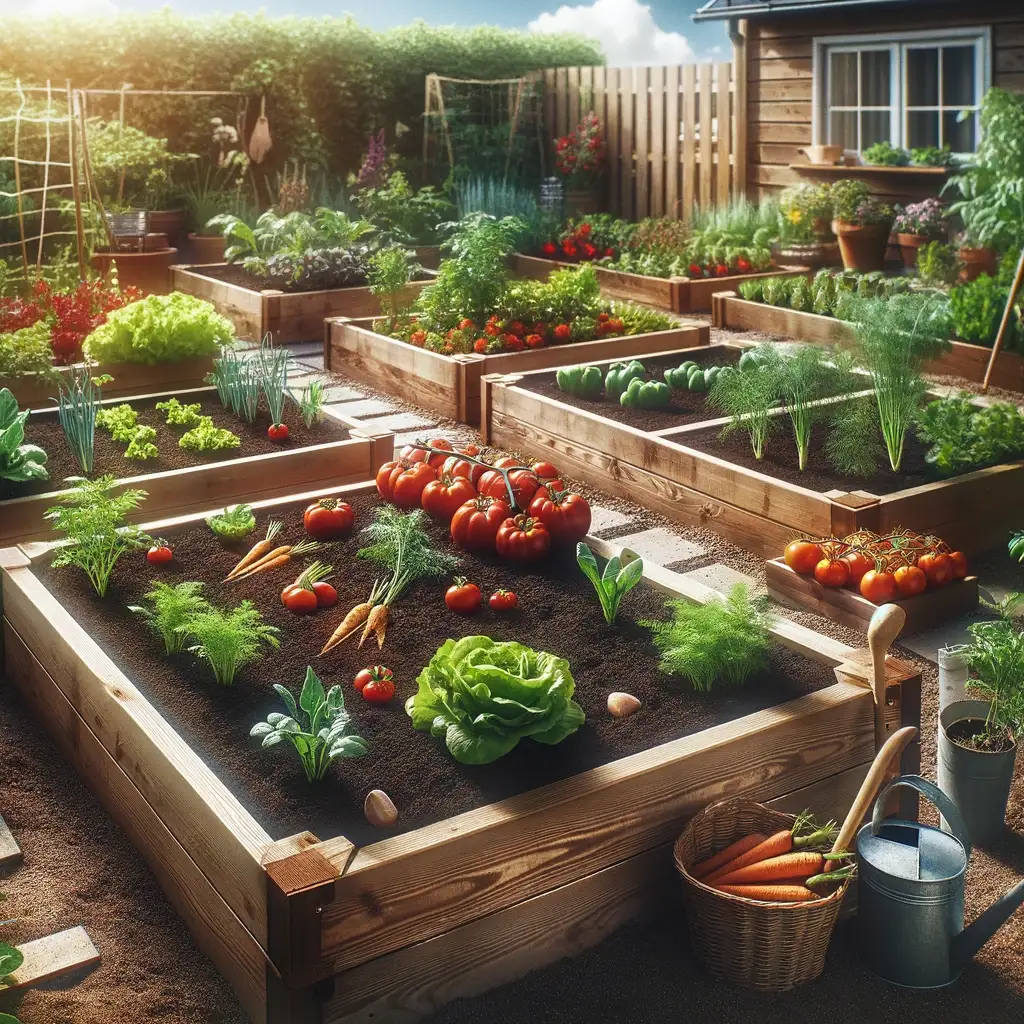
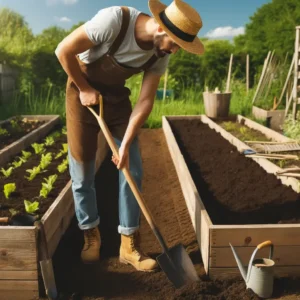
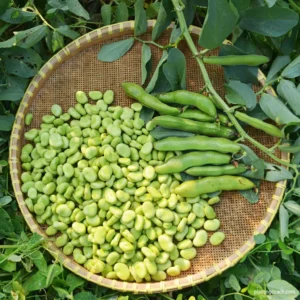
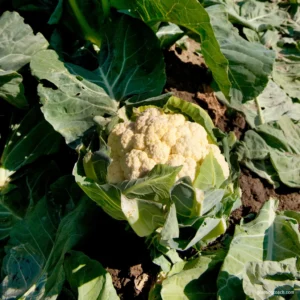
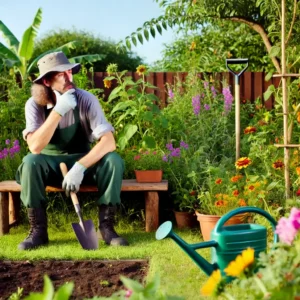

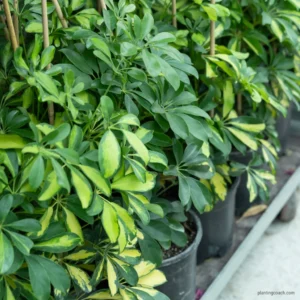
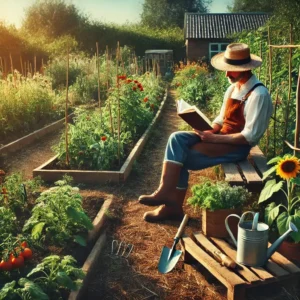
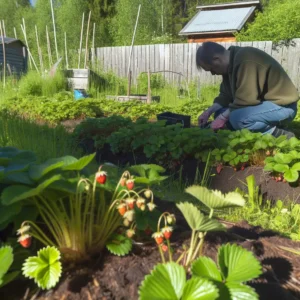
This is one of the best explanations I’ve come across. Thanks!
Thank you!
I appreciate the practical advice you’ve given here.
Thank you so much